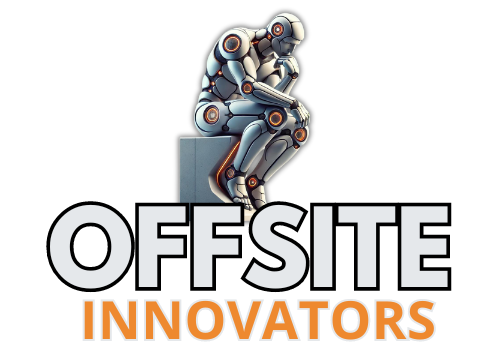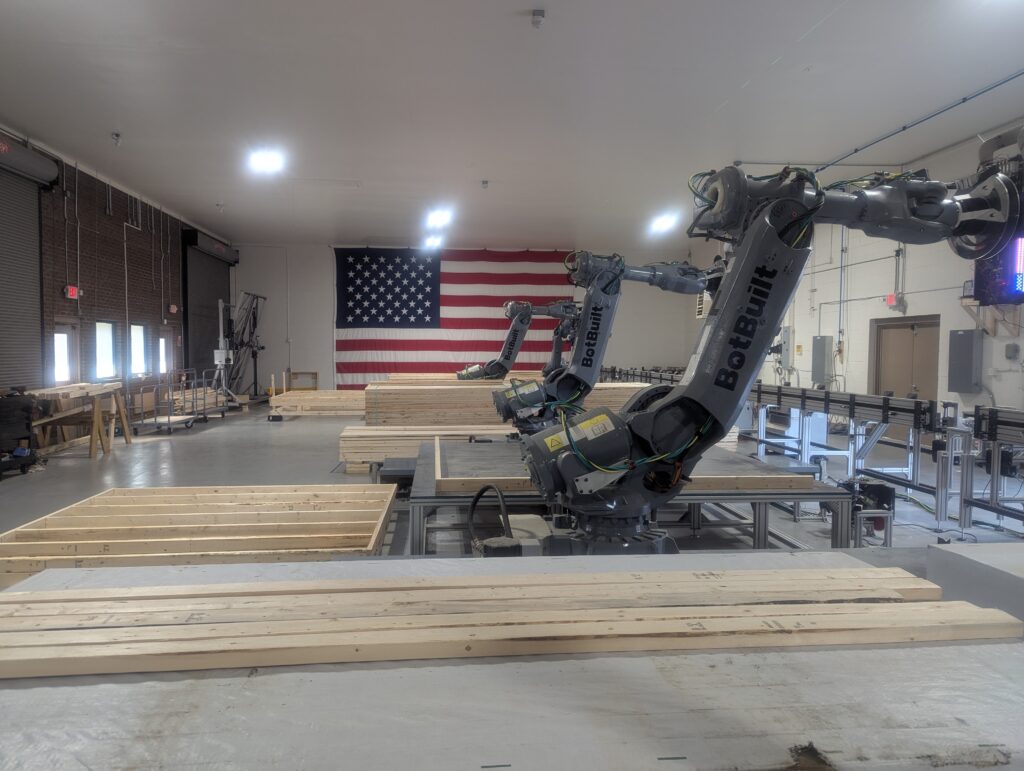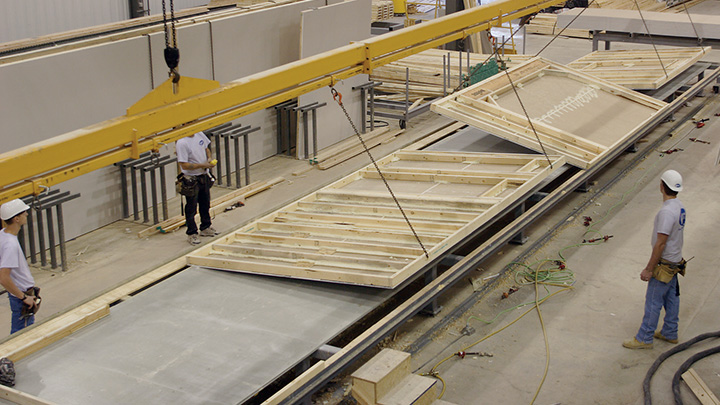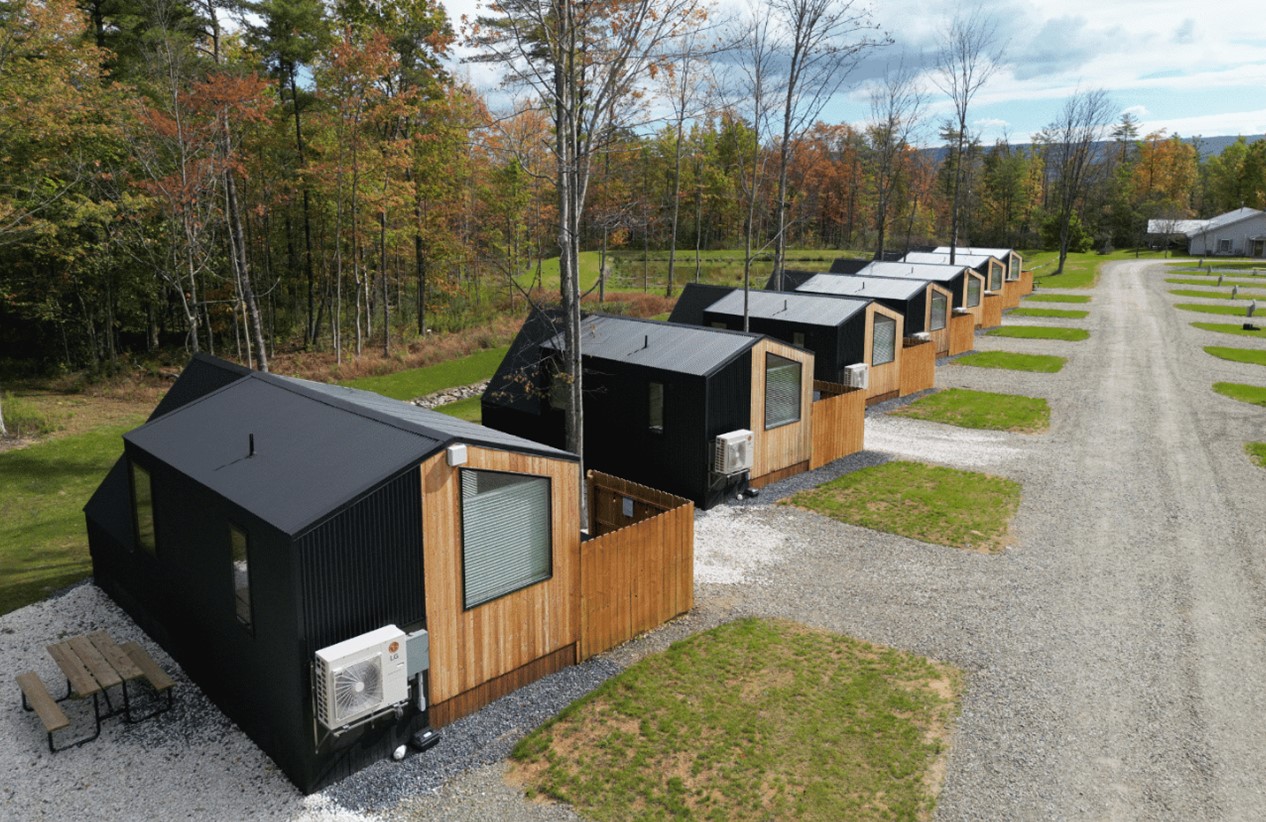In a quiet corner of Durham, North Carolina, a small team of engineers is quietly working on something that could reshape the future of homebuilding. The company is called BotBuilt, and their mission is simple—but far from easy: use AI-powered robotics to solve one of the biggest problems in construction today—how to build more homes, faster, with fewer skilled laborers, and at a price people can actually afford.

Founded in 2020 by Brent Wadas, Barrett Ames, and Colin Devine, BotBuilt sits at the intersection of advanced robotics and offsite construction. While many startups in the offsite space are tweaking existing systems or trying to reinvent the wheel, BotBuilt is doing something far more radical: it’s building a flexible, intelligent framing system that can adapt to almost any residential home design. And it’s doing it with industrial robots, AI, and a software platform that turns architectural plans into reality.
A New Kind of Framing System
BotBuilt isn’t a component factory in the traditional sense. Builders don’t order from a catalog of panel designs—they send over their house plans. From there, BotBuilt’s software analyzes the plans, converts them into 3D models, and generates instructions for robotic arms. These robots then frame out the home’s walls, floors, and trusses with speed and precision, adapting in real time to the quirks and flaws of real-world lumber.

The company has already completed framing for forty homes and has over 2,000 homes in the pipeline through partnerships with builders. The framing components are created in BotBuilt’s Durham-area facility and shipped to job sites, where on-site crews can quickly assemble them. What would normally take weeks of manual labor can now be completed in just a few hours.
According to co-founder Brent Wadas, the key to BotBuilt’s speed and flexibility is its combination of computer vision and AI. Unlike traditional prefab systems that require perfectly milled lumber or complex, custom jigs, BotBuilt’s robots use AI to adapt to imperfections in materials. That means less waste, fewer stoppages, and significantly lower cost.
Built for Builders, Not Just Techies
At its core, BotBuilt is a service company—not a product manufacturer. Builders don’t need to change their workflow, software, or design preferences. They just send over the plans and get back ready-to-install framing systems. That’s a key difference in a world where many offsite construction technologies require the builder to adapt to the system, not the other way around.
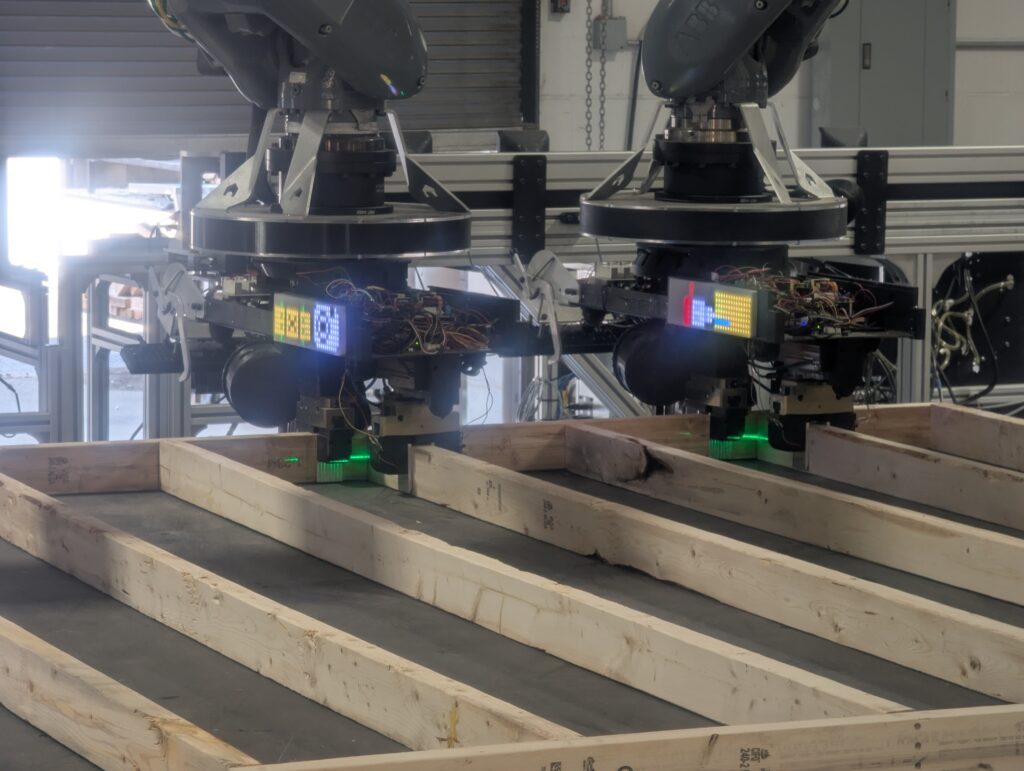
In fact, the founders say they designed the platform specifically to accommodate the variability of the real world. Barrett Ames, one of the founders and a Duke-trained roboticist, first came up with the idea while building his own home and realizing how repetitive—and dangerously inefficient—framing could be. That insight became BotBuilt’s foundation: create a smarter way to do what framers already do, but with robots that can handle more volume, more accurately, and without calling in sick.
Funding, Factories, and the Future
BotBuilt has raised $12.4 million in seed funding from an impressive list of investors, including Y Combinator, Ambassador Supply, Owens Corning, and Shadow Ventures. With that capital, they’ve already opened two factory operations in North Carolina and are expanding their workforce. The team is still small—fewer than 20 full-time employees—but the impact they’re targeting is massive.
Their technology is built to scale. The team envisions a future where BotBuilt-powered micro-factories could exist across the U.S., serving regional markets with customized, just-in-time framing systems. They’re also in early conversations with international partners, including groups in Japan, where space and labor are even more constrained.
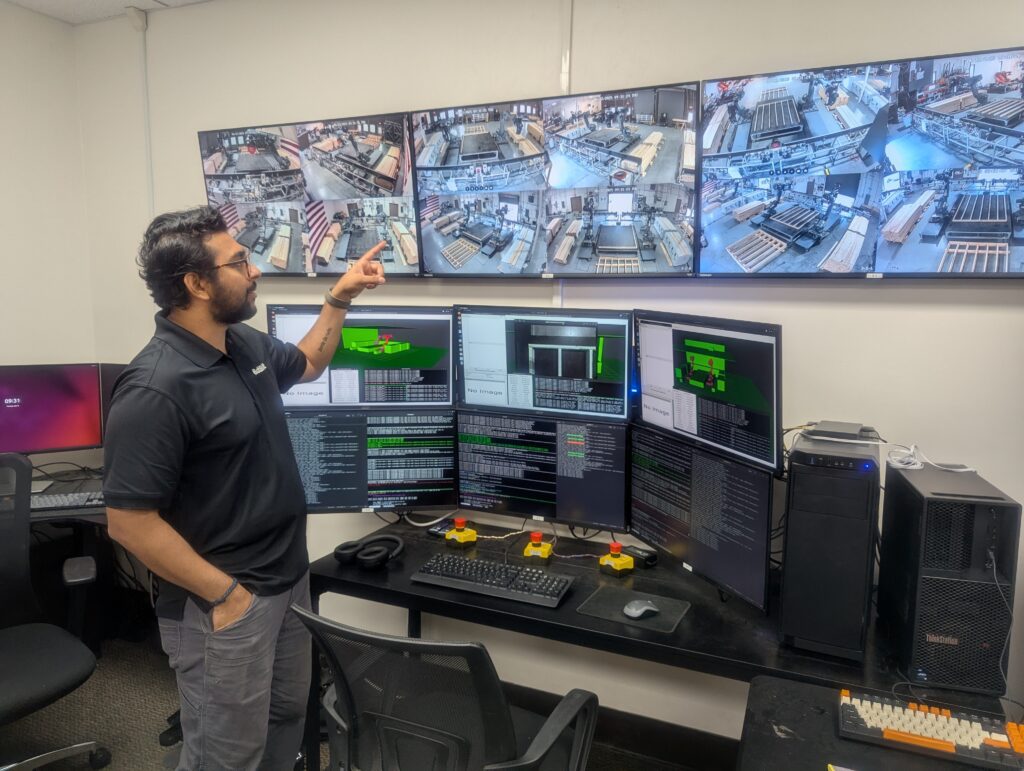
Perhaps most important is the promise of cost savings. Traditional framing can cost $4 to $10 per square foot and take weeks—delayed by weather, inspections, or labor shortages. BotBuilt’s system? Roughly $1 per robot-hour and immune to most of the challenges that plague traditional jobsites.
A Solution for Offsite’s Growing Pains
The offsite construction industry has spent years trying to solve its identity crisis: how to balance the scalability of manufacturing with the flexibility that developers and homeowners demand. BotBuilt might just have found a third way—combining the predictability of automation with the adaptability of software-driven design.
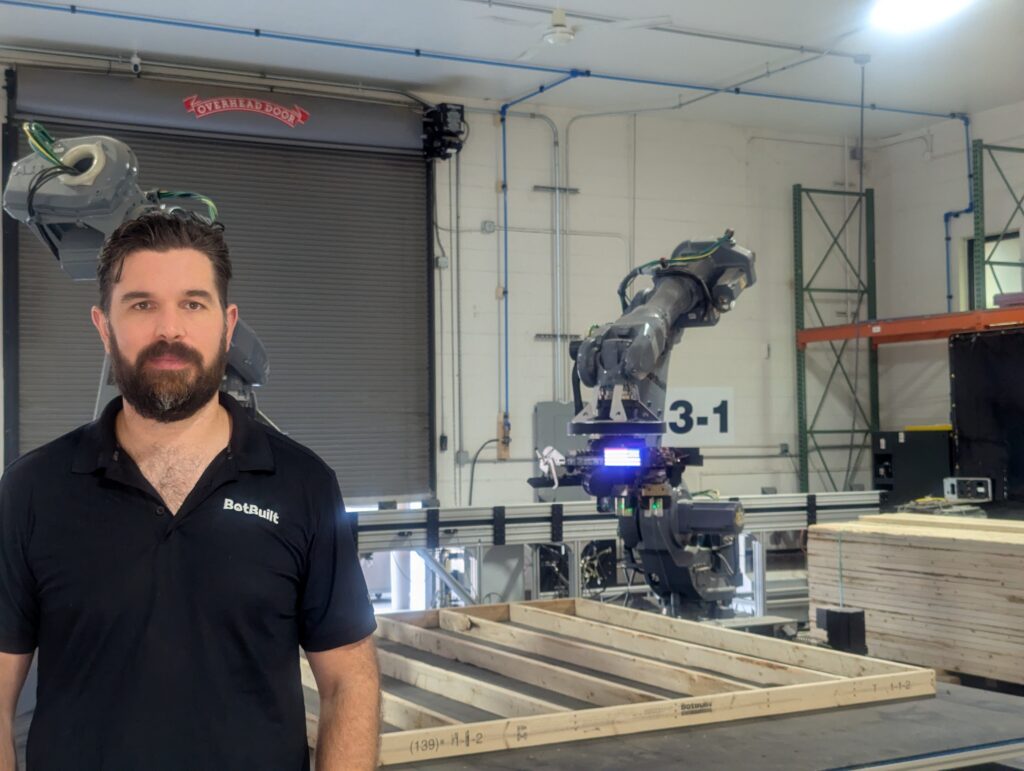
Joel Bell, Director
What they’re offering isn’t just a new tool; it’s a whole new framing philosophy. One that turns traditional bottlenecks into programmable tasks. One that removes friction between design and production. And one that gives offsite construction a chance to scale at a pace that meets today’s housing needs—without sacrificing quality or affordability.
As the company continues to grow, the founders say their goal isn’t to replace framers—it’s to empower builders. In a labor market where fewer young workers are entering the trades, BotBuilt’s robots don’t compete with people. They complement them, doing the hard, repetitive work so that human crews can focus on installation, coordination, and quality control.
Our Thoughts
Offsite Innovators will be keeping a close eye on BotBuilt as they continue to scale operations and refine their systems. In an industry often slow to adopt radical change, BotBuilt is a rare example of what happens when vision, technology, and construction experience collide.
If their current trajectory holds, we may one day look back on this small team in Durham as the ones who didn’t just build a robot—but built the future of offsite housing.
